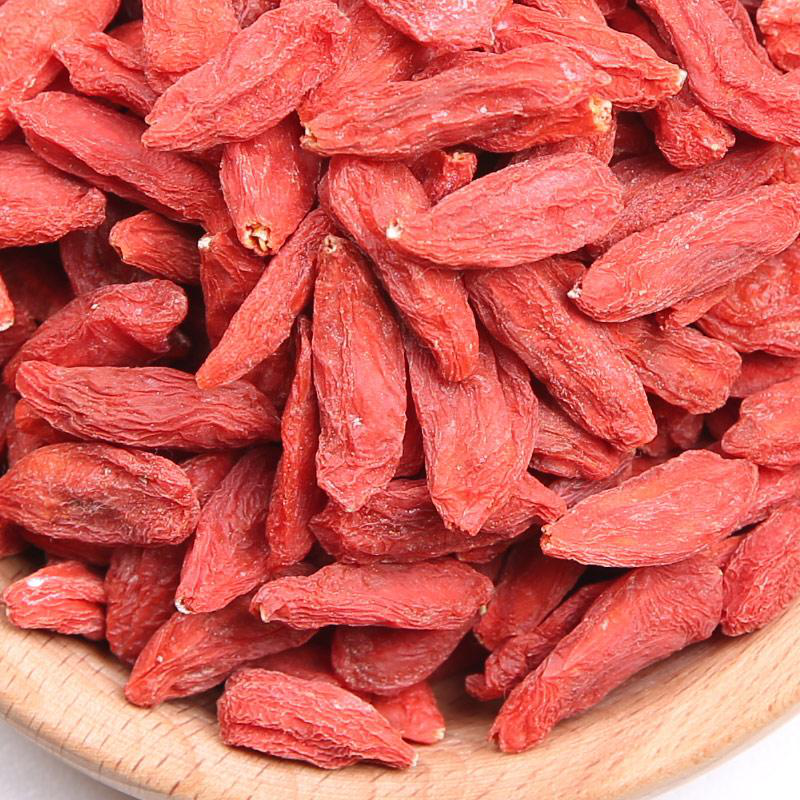First, buy cattle 1, see body type. Generally speaking, the milk cow body shape is close to the triangle, the service cow body shape is the front big and the small, the meat cow body shape is the square or the rectangle. Under the same conditions, the meat outbreak of beef cattle is 3%-4% higher than that of cows. The selected fattening bovine chest should be deep, thick and thick in the back and back, normal growth and development, and healthy and disease-free. 2, choose gender. Judging from the meat quality, the cow has the best meat quality, delicate muscle fibers, less connective tissue, good meat taste, and easy fattening. However, from the perspective of the meat yield rate, the bull out of the highest rate, followed by yak, the lowest cow. In the past, it was thought that the bulls were easy to fatten after castration. However, experiments in recent years have shown that the average growth rate of bulls is 8.7% higher than that of calves, and the average feed needed for each 1 kg of bulls is 12% less than calves, and bulls have More lean meat, higher slaughter rate and larger eye muscle area. 3, determine the gross weight, weight. (1) Gross weight: When conditions permit, it can be measured by scales. Dadu cattle deduct 14% -15%, Pingdu cattle deduction of 8% -10%, concave cows do not buckle, they get the actual gross weight. In the absence of a scale, the following formula can be used: Gross weight (kg) = Bust (cm) Body length (cm) 2.5/100. The fatter cows add 10%, the leaner cows lose 10%, and the medium cows do not increase. (2) Meat weight: The commonly used estimation method, that is, based on the gross weight, estimates the meat rate of live cattle. When estimating, according to the bovine sensation: "see as", every 1% increase in 5% of the meat rate. For example, slender cows are generally regarded as 4-5 percent, and meat production rate is 20%-25%; medium lyophilized cattle are generally regarded as 6-7 percent, and meat production rate is 30%-35%; fattening Cows generally look at 8-9 percent, and the meat yield is 40%-45%. Second, build a house. According to the amount of breeding, the size of the built cow house can be determined. Usually, the area of ​​a cow is 4 to 5 square meters. The cowshed should face the south, and the terrain should be high-dry; the house should maintain the appropriate humidity (60% - 80%), and the ventilation should be good; the plastic greenhouse should be equipped with a laminating line to protect the plastic film, and the greenhouse plastic should be used. No drip film plastic so as to avoid formation of ice layer and affect light transmission. Third, feed 1, roughage can choose hay, barnyardgrass, corn stalks, distiller's grains, silage corn and so on. Roughage generally adopts the feed method of free feeding, a cow weighing about 400 kilograms, and about 3650 kilograms (dry matter basis) of forage in one year. The feed can be prepared according to the length of the fattening period and the number of cattle. grass. 2, concentrated feed to corn, soybean meal, sunflower meal, bran-based, but also pay attention to salt and trace elements. Concentrates are fed daily at 1% of their body weight. 3, to fully consider the cow's demand for protein when growing. For a typical hybrid fattening cow, it takes 0.78 grams of crude protein per 1 gram of weight gain. If the crude protein contains high protein, the protein content in the concentrate can be appropriately reduced.
Goji Berry is taken as one of the most famous plants, which can be both for medical and eating use. The history of goji berry up-picking and for eating use has a long history of 4000years in China. People from different social hierarchies, from the emperor to ordinary people, take goji berry as a good component of medical prescriptions. Goji berry enjoys a great popularity from ancient to modern times, at home and abroad and it has a long lasting and profound life preservation culture.
Ningxia Goji Berry enjoys a great fame around the global due to its high quality standard; meanwhile, it is the only protected product of geographical identity in China, goji berry has a great popularity describes as "goji berry of the world is in China, goji berry of China is in Ningxia and Ningxia`s goji berry is the best".
Specification:
Ningxia goji berry is categorized into 5 levels for experimental use. The fruit particles are required to have evenness in shape, with juicy fruit but not dry particle with impurities, humidity or bitten by insect.
Top Level:≤ 250grains/50g
Excellent Level:≤ 280grains/50g
Superfine Level:≤ 370grains/50g
First Rate:≤ 580grains/50g
Second Rate:≤ 900grains/50g
2. Identification
Color: The color of Ningxia goji berry should be red or dark red and lack luster.
Shape: Ningxia goji berry has big spindle size in shape with thin skin and full pulp. The particle is somewhat above normal size with style trace at the front of the particle and white stipe trace at the bottom.
Flavor: Ningxia goji berry is astringent at first bite then sweet, without ill-smell.
Goji Berry
Goji Berry,Goji Berry Dried,Ningxia Goji Berry,Fresh Goji Berries
Ningxia Bairuiyuan International Trading Co.,Ltd , http://www.cngoji.com
